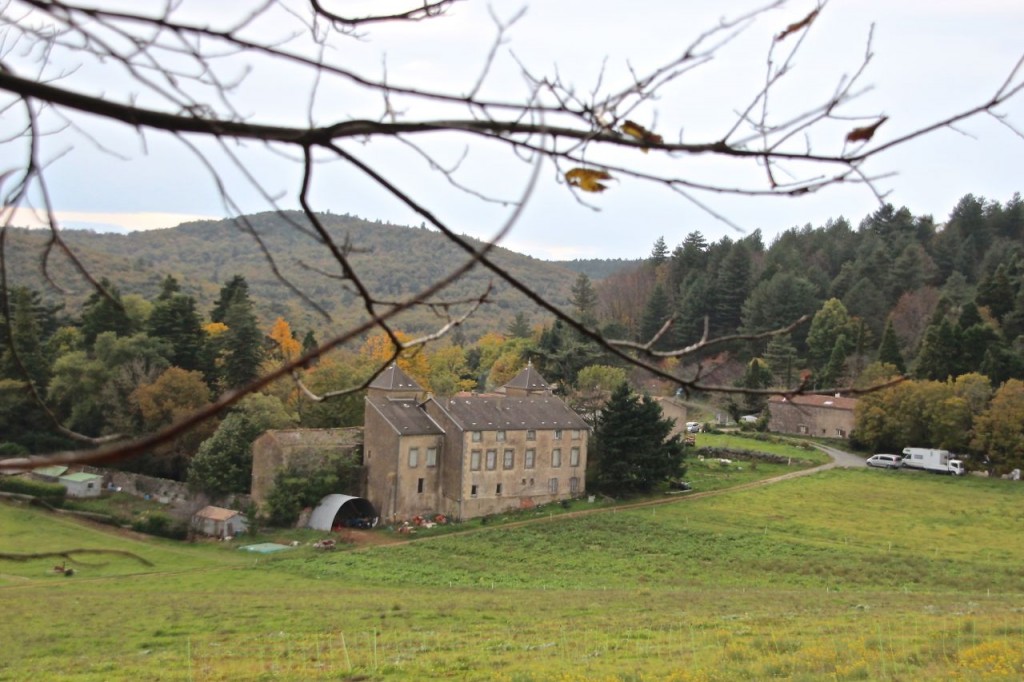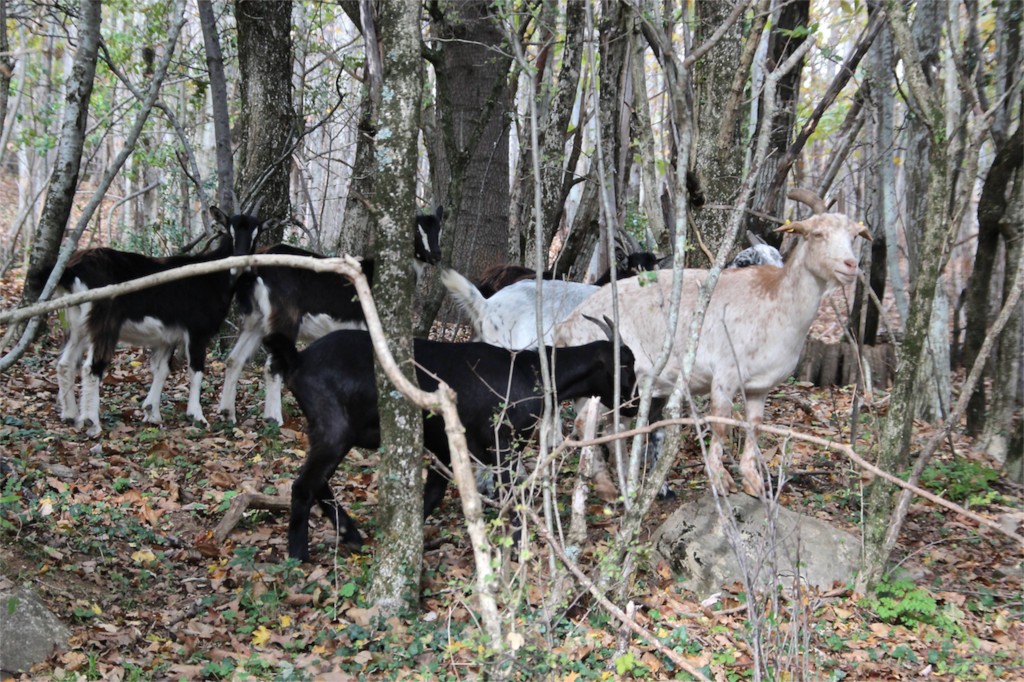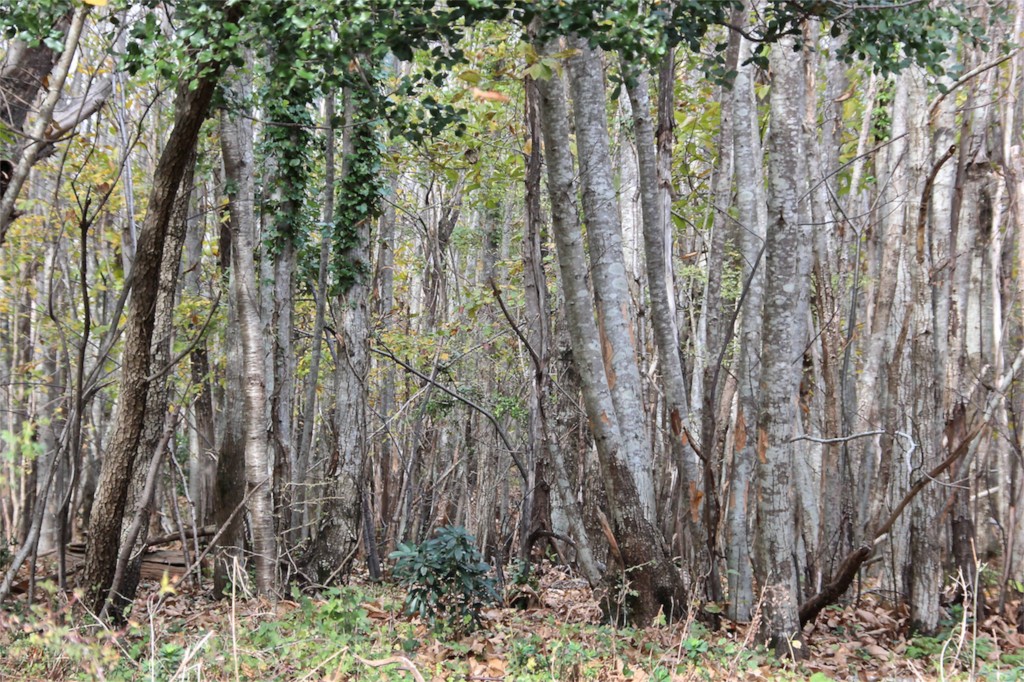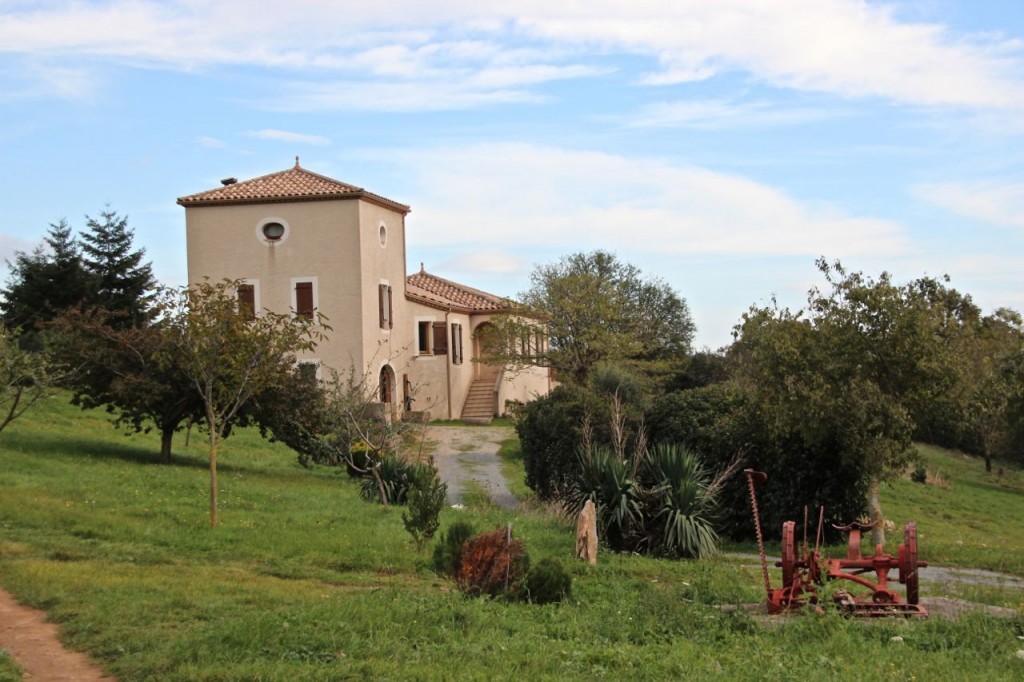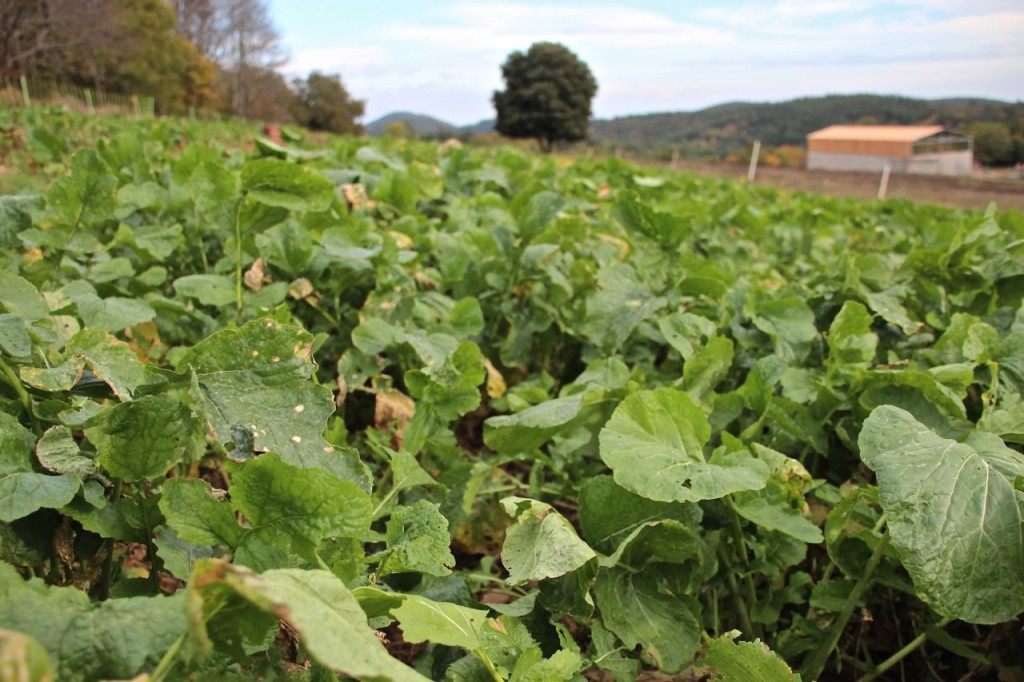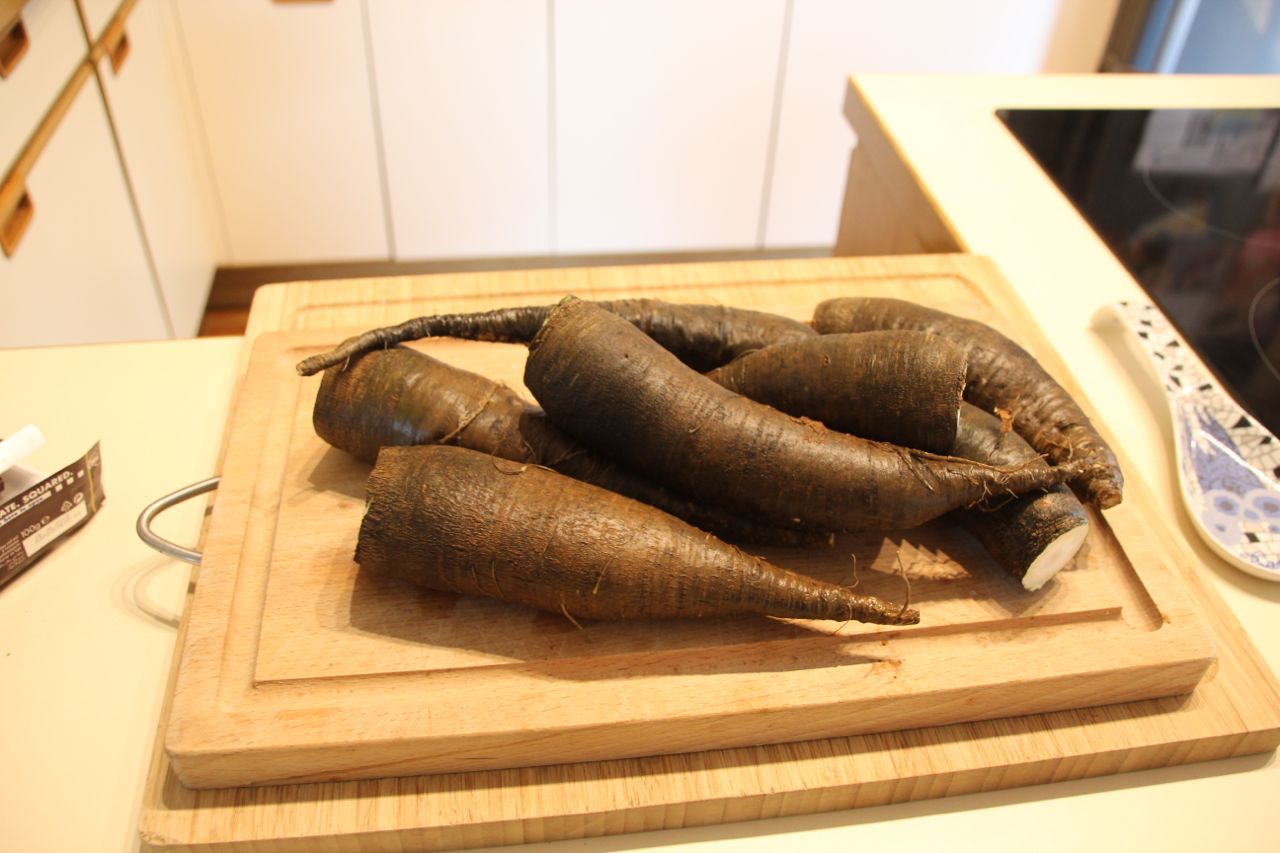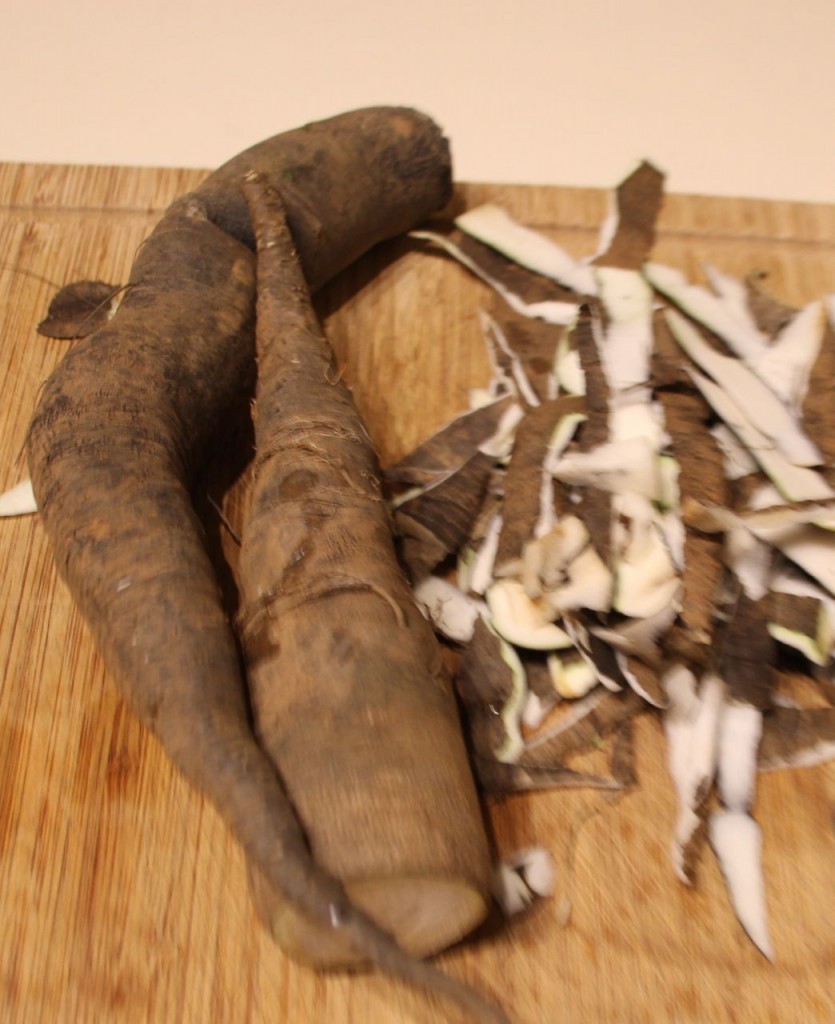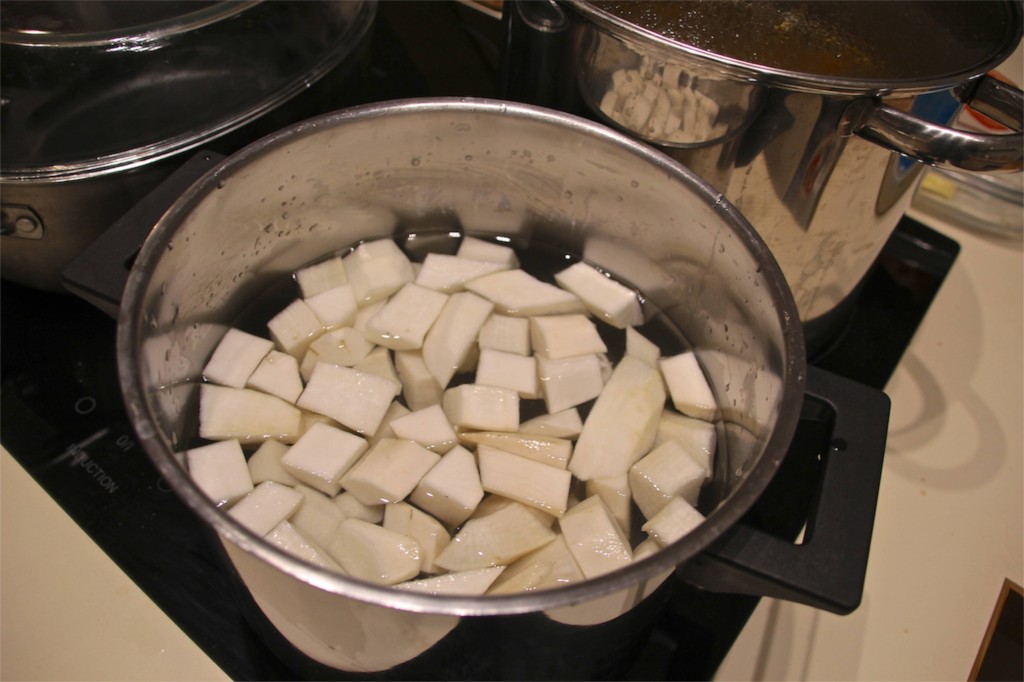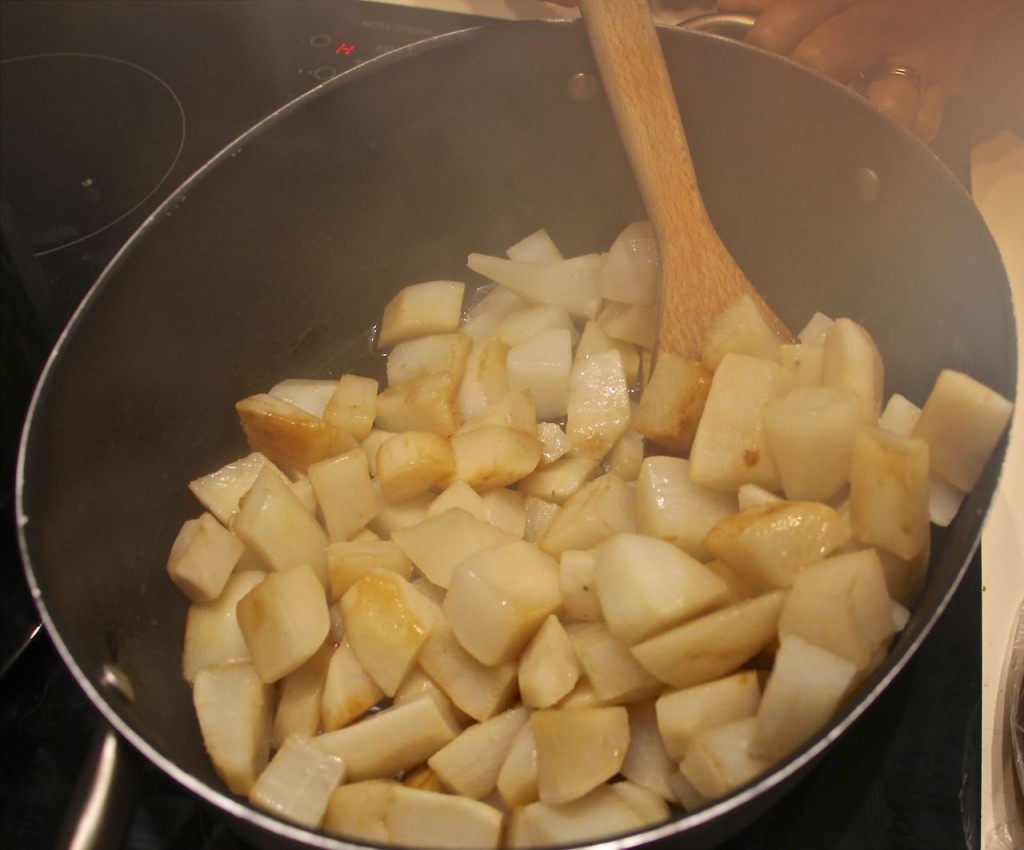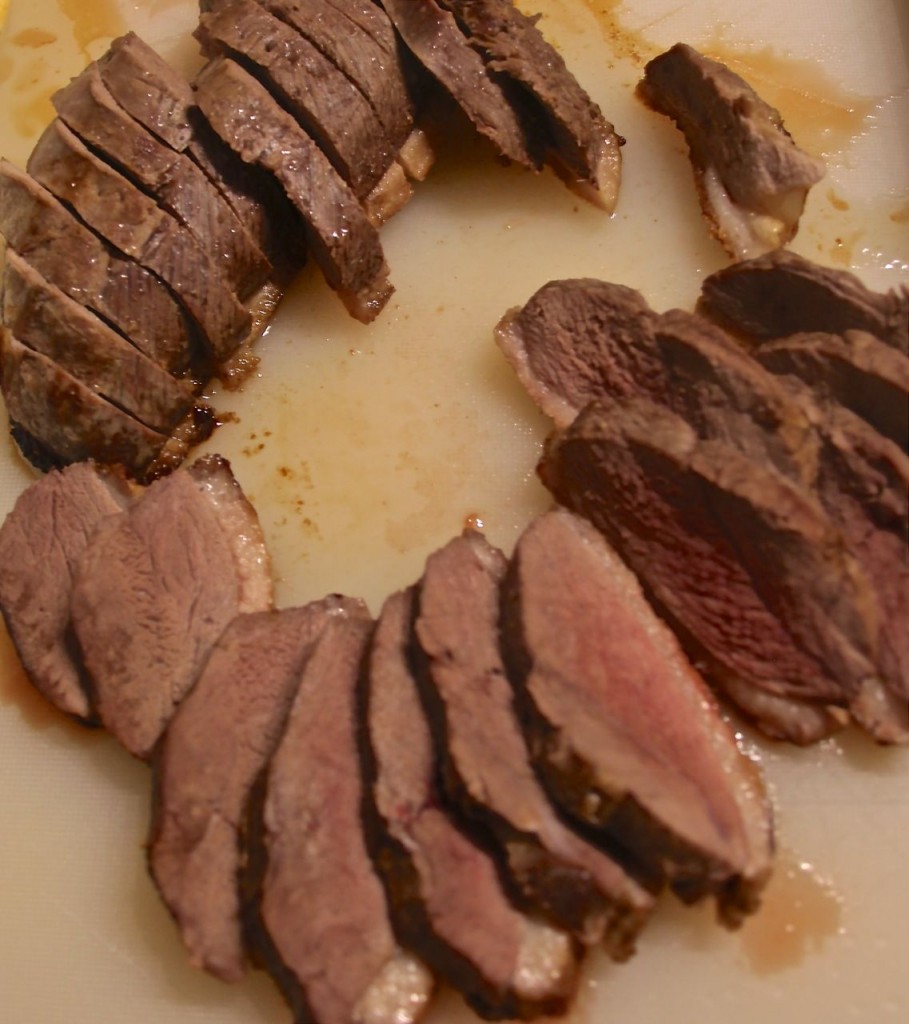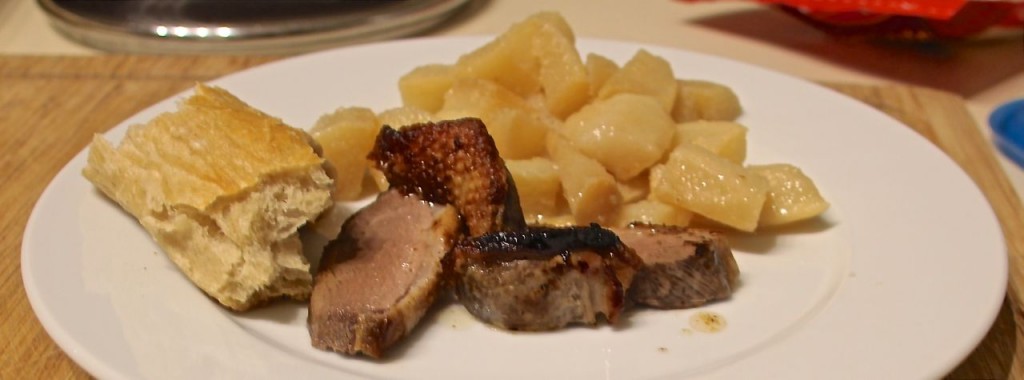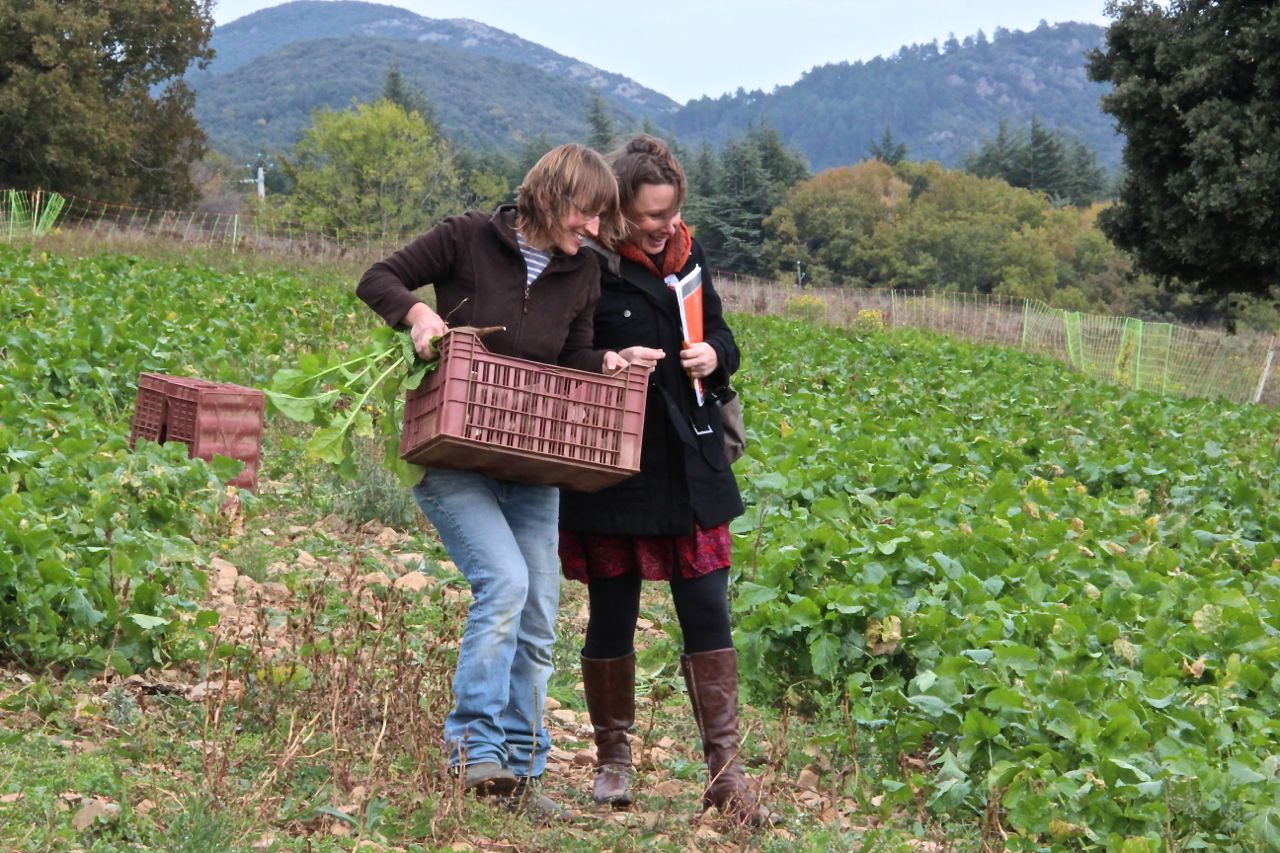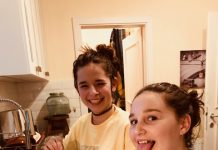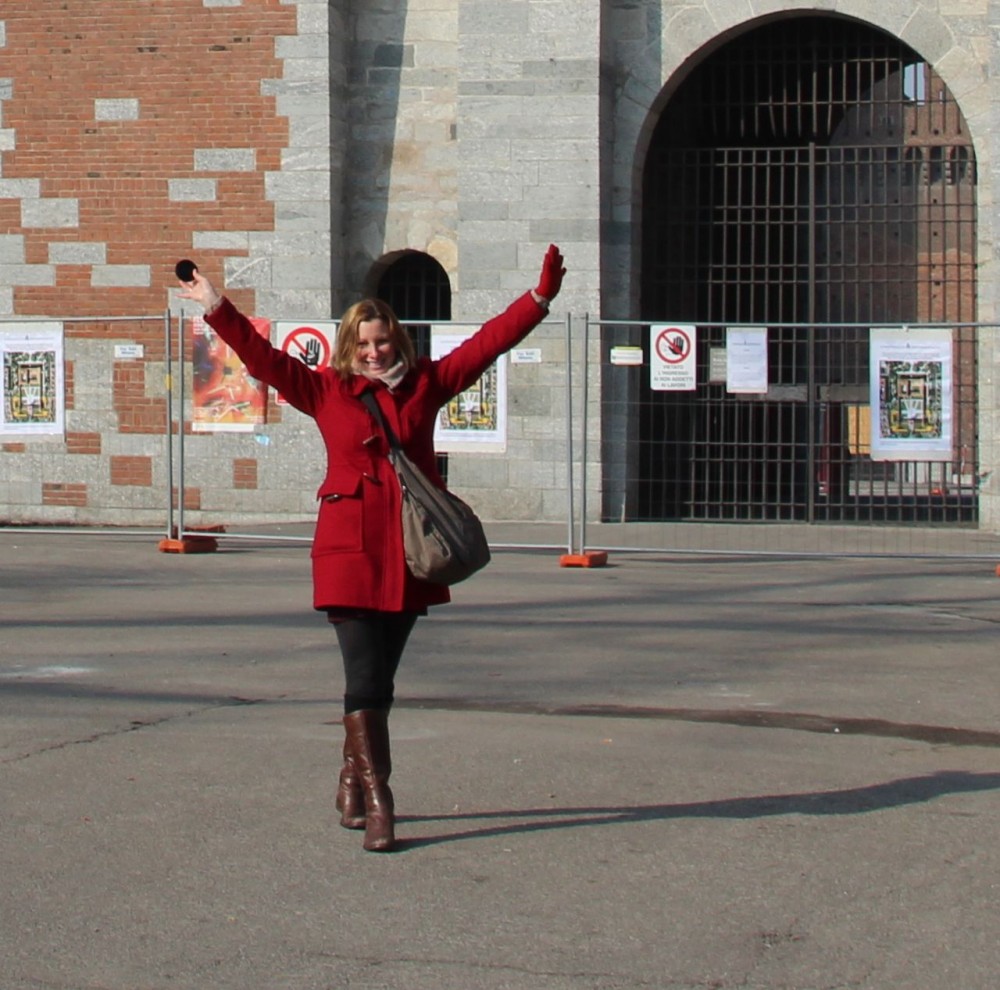And God looked down on the Earth he created and said, ‘ I need a caretaker for this world I created.’ And so God Made a Farmer. Paul Harvey
What the heck is a Navet?
It is a black turnip with a white flesh, and a nutty flavour. These rare large turnips go for a pretty penny, and they come from a very special place not too far from where we live in Capestang, in the commune of Pardailhan just south of the Parc Naturel Régional du Haut-Languedoc. Only a few farms remain, making this culinary specialty rare and sought after around the world. Although most of the produce is sold on the local markets between Beziers and Narbonne. 165 inhabitants on 4000 hectares of land produce 30-40 tonnes of navet per year.
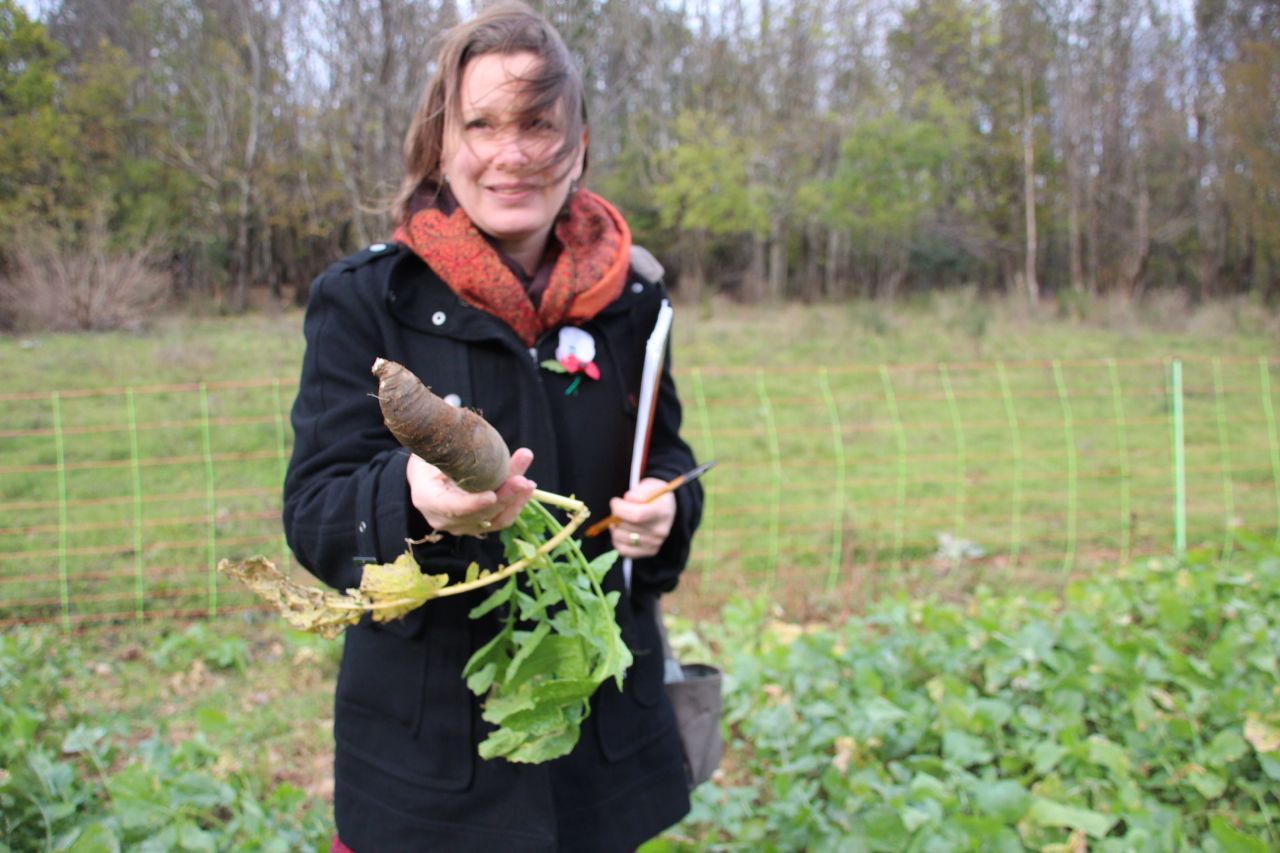
The climate and conditions have to be just right for the Causses Navet de Pardailhan to grow. The right amount of rain, a cooler mountain climate, and nutrient rich soils from open pastures where thick oak and beech wood forests grow. The plateau where Pardailhan is situated is 800 miles above sea level, and from the biggest hill in the valley, you can see the Mediterranean Sea on a clear day.
When we left Capestang to visit Pardailhan it was 17 degrees, however there, only 35 minutes North towards the Black Mountains, it is six degrees cooler and slightly damn. Ideal conditions for wild boar to graze freely and live happily among the rough terrain. Lavender, rosemary, and other indigenous herbs grow along the climate line, and on the east side of the ridge is where Stephanie’s family grows navet turnips.
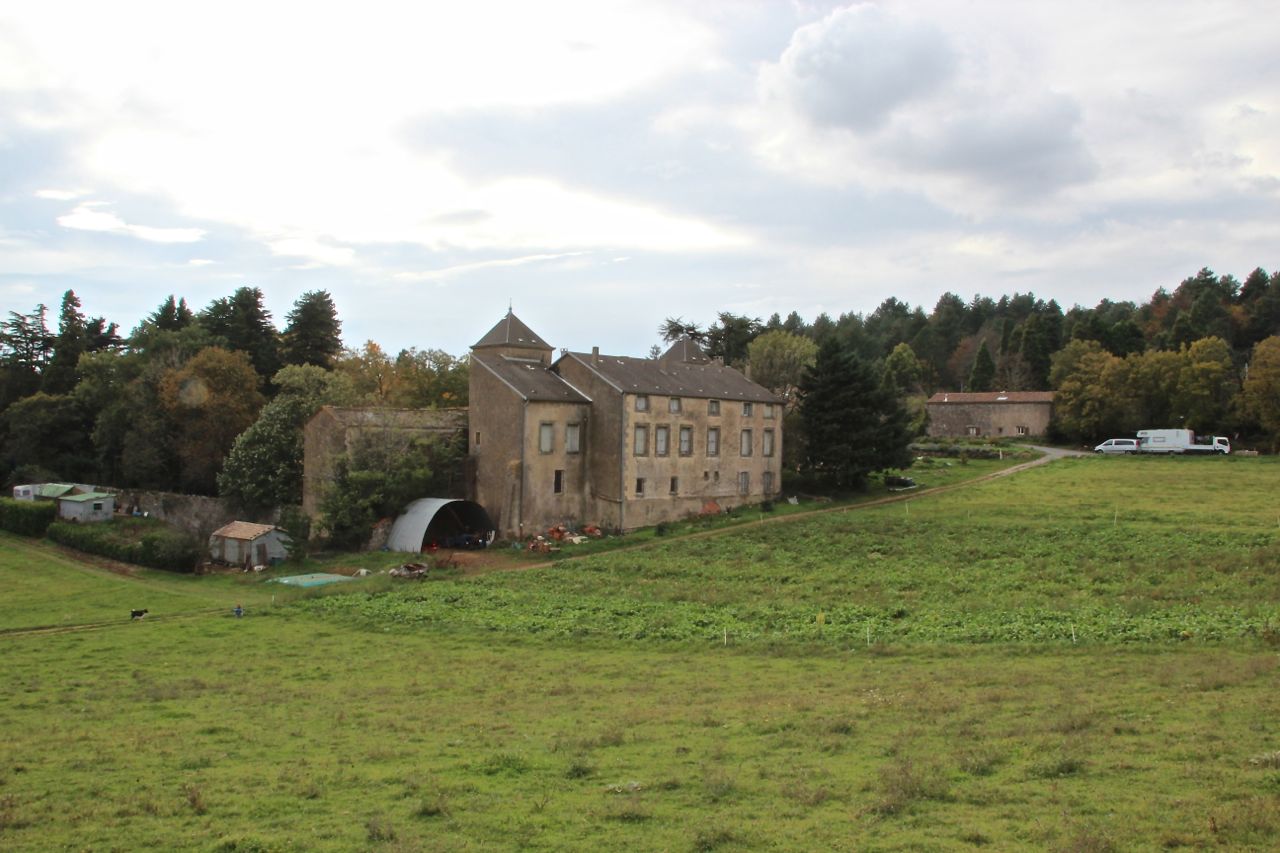
The community of Pardailhan is made up of 14 smaller villages with one governing town hall. Residents are made up of mostly farmers, or people looking for a little peace in the middle of woodlands, dipping valleys and mountains; far away from the bustling cities. The scenery is astounding. We drove under arching trees, and at this time of year the leaves change to the glorious reds, orange, and browns of Autumn.
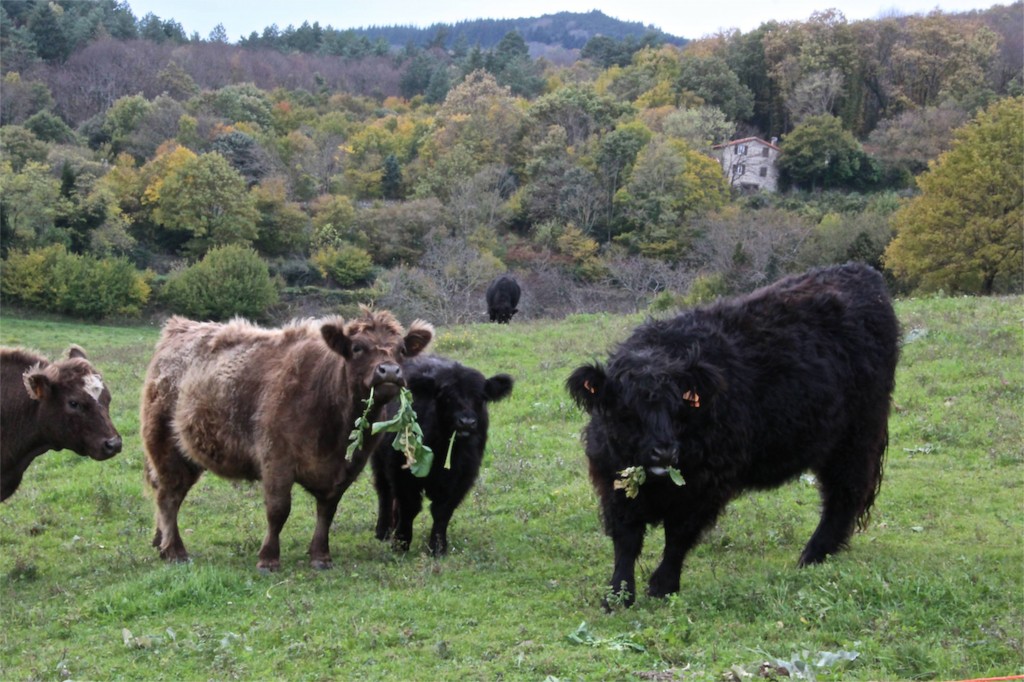
Here nature is right at your doorstep. The rugged terrain needs constant work to grow anything, and it is a fight to hold back the dense forest teeming with life. A farmers life shows under their nails as the land seeps into their skin and clothes. This is a rewarding way of life, admirable however extremely hard.
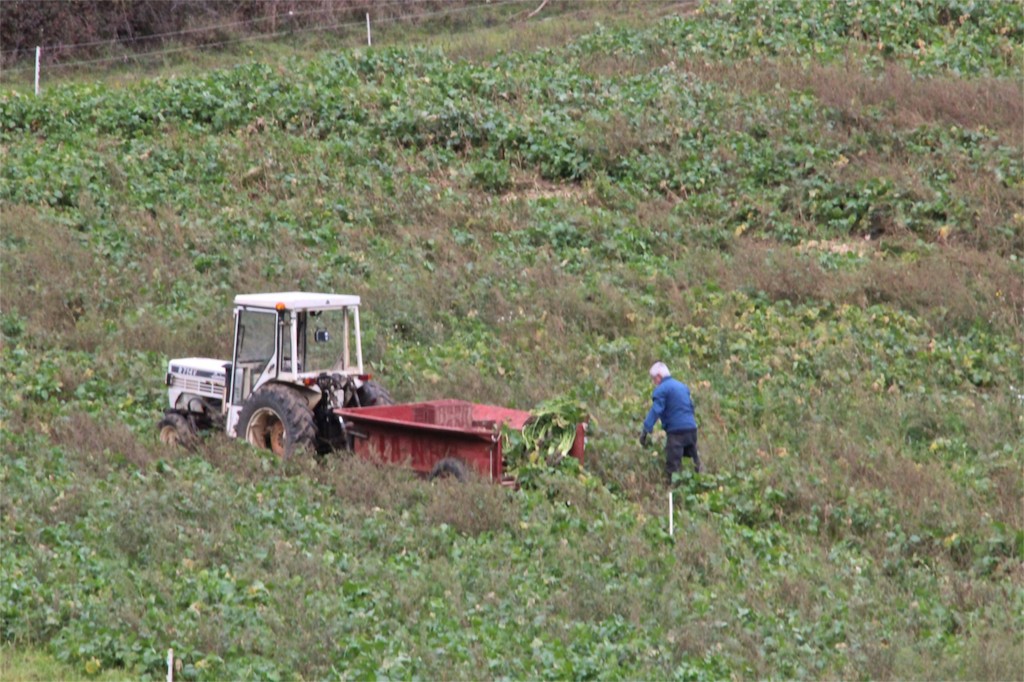
The residents here stick together, share their harvest, trade stock and support one another. They have to, the land is savage, and the climate and winds are harsh. This is not for the faint of heart.
—————————————————————————————–
Who are you?
Stephanie Robert
Why did you move to France?
I was an Au Pair in Ville Roule when I was 18 for a family with a farm just on the other side of the ridge. It was during a time in my life when I did a lot of travelling. I didn’t know one word of French before I moved here.
Life brought me back here when I was 28, and a year later I met Guillaume, my future husband and now we have our two girls. That was 12 years ago. It wasn’t a conscious decision, the road simply brought me back here.
Did you experience culture shock?
No, zero culture shock. When I decided to move here, I had already been here before and the small community was very accepting of me.
Did you do anything since moving to France that you never would have expected?
It is wonderful to be able to share my ecological views with my children, show them how to work the land, and to raise happy animals. Although it is difficult for me to eat them, I know they have a very good life with us right until the very end. They roam free. The goats even eat the thorns which normally would make it impossible to work the land. We all live together in harmony on the farm and it is a peaceful place. And we think, raising children on a farm makes for a wonderful childhood.
What do you do for a living?
I work at the tourist office in Capestang and we have the farm with 10 cows, 11 goats and plots of land for the Navet. It is a lot of work, but I love it. My husband also started BATEKO a renovation/construction company with a crew of five men. So right now our family is very busy. In an ideal world the navet farm would be enough.
What did you do to integrate with your community?
Being married to a Frenchman and having children makes it easy to integrate to any community.
Tell me something special about the Languedoc that most people don’t know?
In this region there are wide open spaces, untouched countryside for miles and miles. There are no limits when walking. There is a freedom that comes with living in this region. No one around. No noise. Just peace and quiet.
What is the worst thing about being an expat?
My German is fading, but most people don’t see me as foreigner anymore. When speaking French, my German accent is fading too.
What is your favourite thing about being an expat?
I feel part of the European community, not German or French and I don’t feel like an expatriate at all. Life brought me here, it felt natural. The best thing about living where I do is looking around and feeling as though I have a little piece of heaven.
What do you miss the most about your home country?
My family lives just outside of Cologne, and I miss my sister and her family. Our children are only a few years apart and having cousins is a fun experience. If they were closer it would be nice.
What is a myth about your adopted country?
Stereotypes are a myth in general. After travelling quite a bit in my younger years, I find most not to be true. Different people, different places; the world is made up of all sorts.
What advice would you give other expats?
Follow your heart, it never leads you wrong.
What are you currently working on? Projects, books, business ventures…
Navet is a part of the slow food movement and I am passionate about BIO/organic foods. I enjoy working the land, and think it is important for all of us to raise our own children in the way we believe. Personally, I like giving my kids high quality food, but sometimes I let them try different things, it would be hard for them to never try McDonalds while everyone else does. But they prefer the fresh healthy foods. For them, it is just normal food.
The farm in total is 60 hectares and belongs to my husband’s family. If I can raise happy cows and goats, especially with 15 hectares available for just them, then why not.
————————-
Stephanie’s father-in-law lives next door and also has navet and in between them is a historical abandoned castle.
The navet fields don’t look like much, low to the ground, back breaking work pulling them up. My first turnip broke into two pieces as I yanked it, I gave up after my second. A family friend, a little boy no more than nine, was helping in the field while we were there. It was a game for him to help. In the time I pulled two he pulled at least 20! I was in complete amazement.
Not many farmers grow ‘Causses Navet de Pardailhan’ anymore. Some years it is feast, and other years famine. Most must find work elsewhere to subsidize, and eventually abandon their farms. It is the forgotten root that once was the way to riches; at 4-7€/kilo no wonder and a small farm can produce two tonnes of turnips a year. It is not easy rotating soil, changing plots each year and constant care.
As we walk up to the farm the cows bellow, and cry out to us.
‘Why are they mooing?‘ I ask
‘They want me to throw them the navet tops, and sometimes they just want to be near me.’ Stephanie with her paring knife cuts off the green part of a turnip and throws it to the cows who wait next to the electric fence. There is a scrummage to see who gets it, more of a game head to head they push each other out of the way. A smaller male cow slips in between the girls and eats it. They are happy and content with their large full bellies.
Behind us, our children are running through the dense birch trees with the goats.
‘I agree with you Stephanie, you have a little piece of paradise.’
—————————————
Stephanie shared a traditional recipe with our family and generously gave us navet turnips to try.
Causses Navet de Pardailhan with Roasted Duck Breast
Ingredients
- 2 large duck breasts
- 1 kilo Causses Navet de Pardailhan
- salt and pepper
- 1-2 tbls sugar
Method
- Preheat your oven to 400 degrees and salt your duck place the duck skin face down and pepper the top. 20 minutes and flip over for another 20 to brown the skin
- peel and cube your navet
- blanch in salted water for 20 minutes or until tender
- in a frying pan pour duck fat and fry your navet for 15 minutes
- plate and serve with duck breast and bread
Tips: Add in tomato paste for another level of flavour
